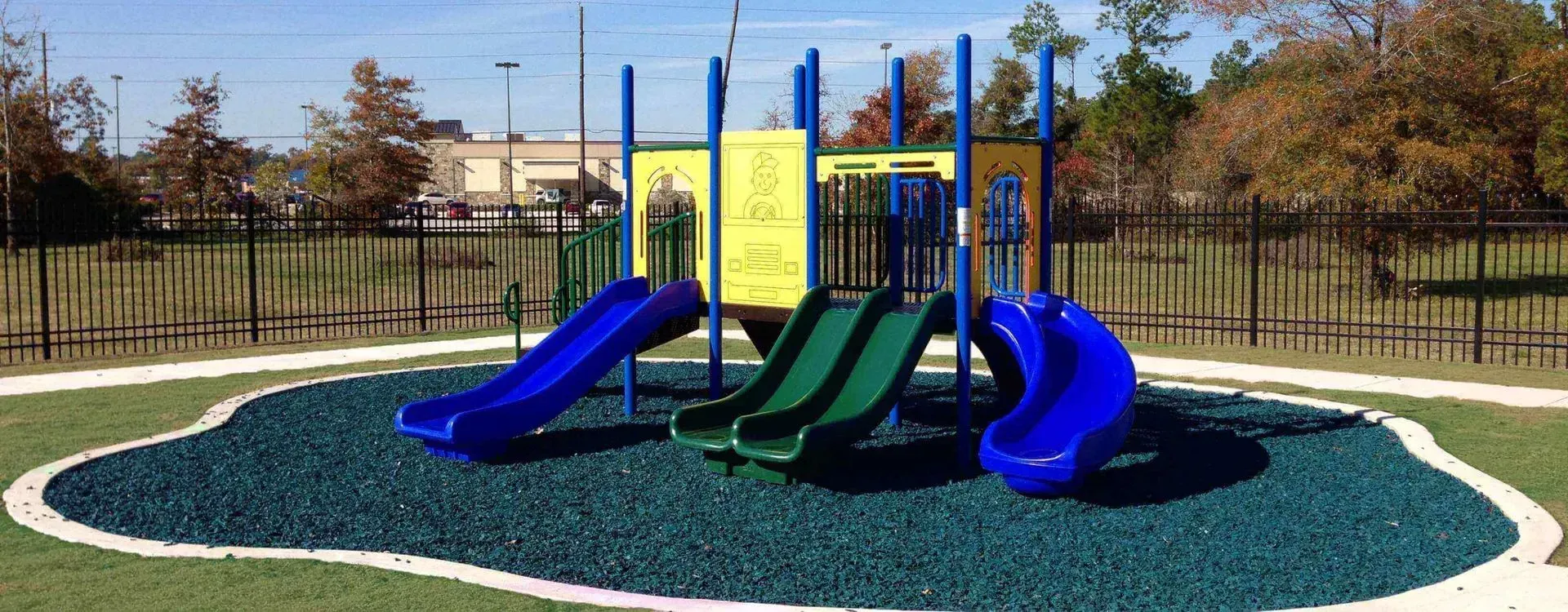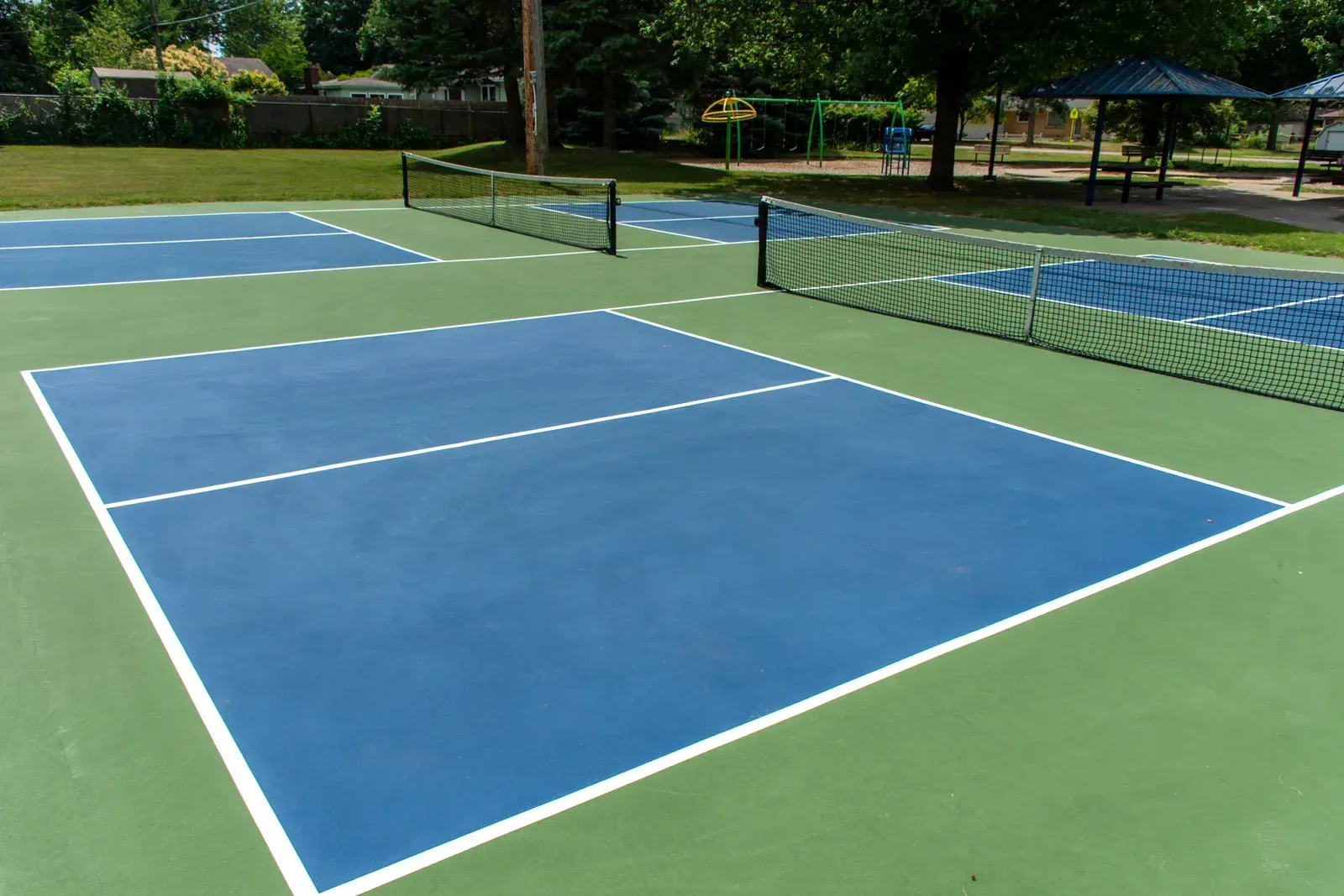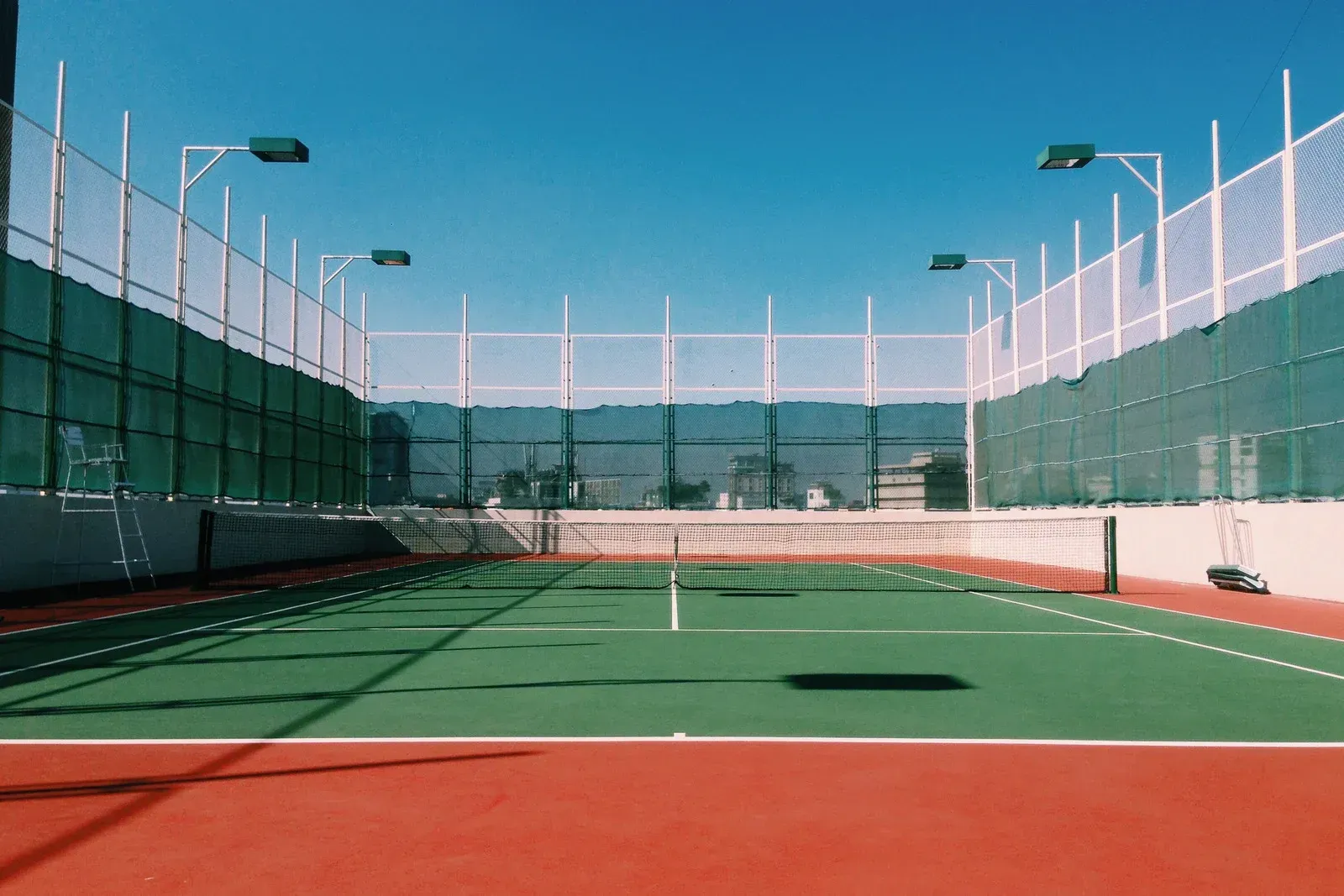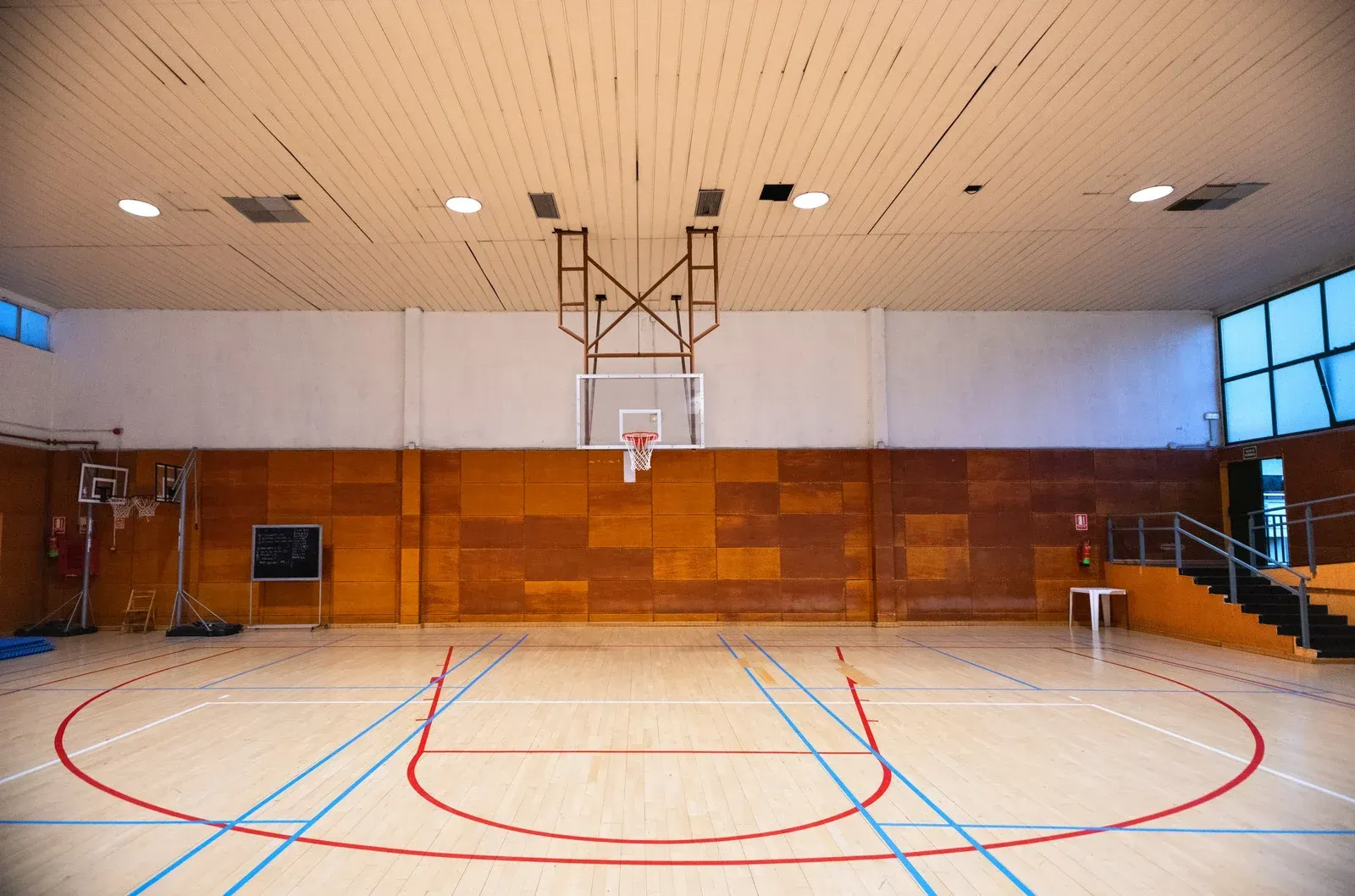THE IMPORTANCE OF DRAINAGE SYSTEMS IN TENNIS COURT CONSTRUCTION
When building a tennis court, several factors contribute to its quality and performance. One of the most important, yet often overlooked, aspects is the drainage system. Proper drainage is crucial for maintaining the integrity of the court and providing a safe, playable surface year-round. Without an effective drainage system, water can collect on the court, leading to surface damage, safety hazards, and a variety of maintenance problems. Let’s discuss why drainage systems are essential when constructing a tennis court and how they benefit both the court and the players.
Prevents Water Damage
Water is one of the most significant threats to a tennis court’s surface. When water accumulates on the court, it can weaken the foundation and cause cracks to form. Over time, these cracks can expand and result in expensive repairs. A well-designed drainage system helps guide water away from the surface, preventing water from seeping into the court. By allowing rainwater to flow off quickly, the court’s surface remains stable and intact.
Lowers Maintenance Costs
A tennis court with poor drainage requires more frequent maintenance. Stagnant water can lead to the growth of mold, mildew, and algae, which not only damages the surface but also creates slippery conditions that can lead to accidents. Keeping the surface clean and safe can become costly if water doesn’t drain properly. By investing in a reliable drainage system, you can avoid these issues and reduce the need for constant upkeep.
Improves Safety
Safety is always a priority for players. Standing water or puddles on the court can cause players to slip and fall, leading to injuries. A good drainage system allows water to flow away from the court, keeping the surface dry and free from dangerous spots. With proper drainage, players are less likely to face accidents while playing, allowing them to focus on the game without worrying about their safety. Additionally, a dry court promotes better traction, giving players the confidence to move freely and perform their best.
Reduces Delays in Play
Waterlogged courts can cause delays in games, especially after rainfall. A tennis court without proper drainage may remain wet for hours, preventing players from getting back onto the court quickly. With an efficient drainage system in place, the court can dry much faster after rain, allowing play to resume sooner. Whether it's for a casual match or a competitive tournament, reducing the downtime between games is important.
Extends the Court’s Lifespan
Investing in a tennis court is a long-term decision. To get the most out of the investment, it’s essential to protect the court’s foundation and surface from water damage. A quality drainage system helps keep the court’s foundation intact by preventing water from pooling and seeping into the structure. It reduces wear and tear on the surface, helping the court last longer. The better the drainage, the longer the court will remain in good condition, allowing it to serve players for many years.
Once everything is set up, take a step back and admire your new pickleball court. You’ve created a space that will not only be a fun place to play but will also encourage social gatherings and physical activity. Whether you’re playing with family, friends, or neighbors, a backyard court brings endless entertainment right to your doorstep.
A drainage system plays a vital role in the overall construction and longevity of a tennis court. It prevents water damage, reduces maintenance costs, enhances safety, and ensures the court is always ready for play. Without proper drainage, a tennis court can quickly become a costly, unsafe, and unusable space. For anyone planning to build a tennis court, it’s essential to prioritize an effective drainage system to protect the investment and provide a safe, reliable playing surface.







